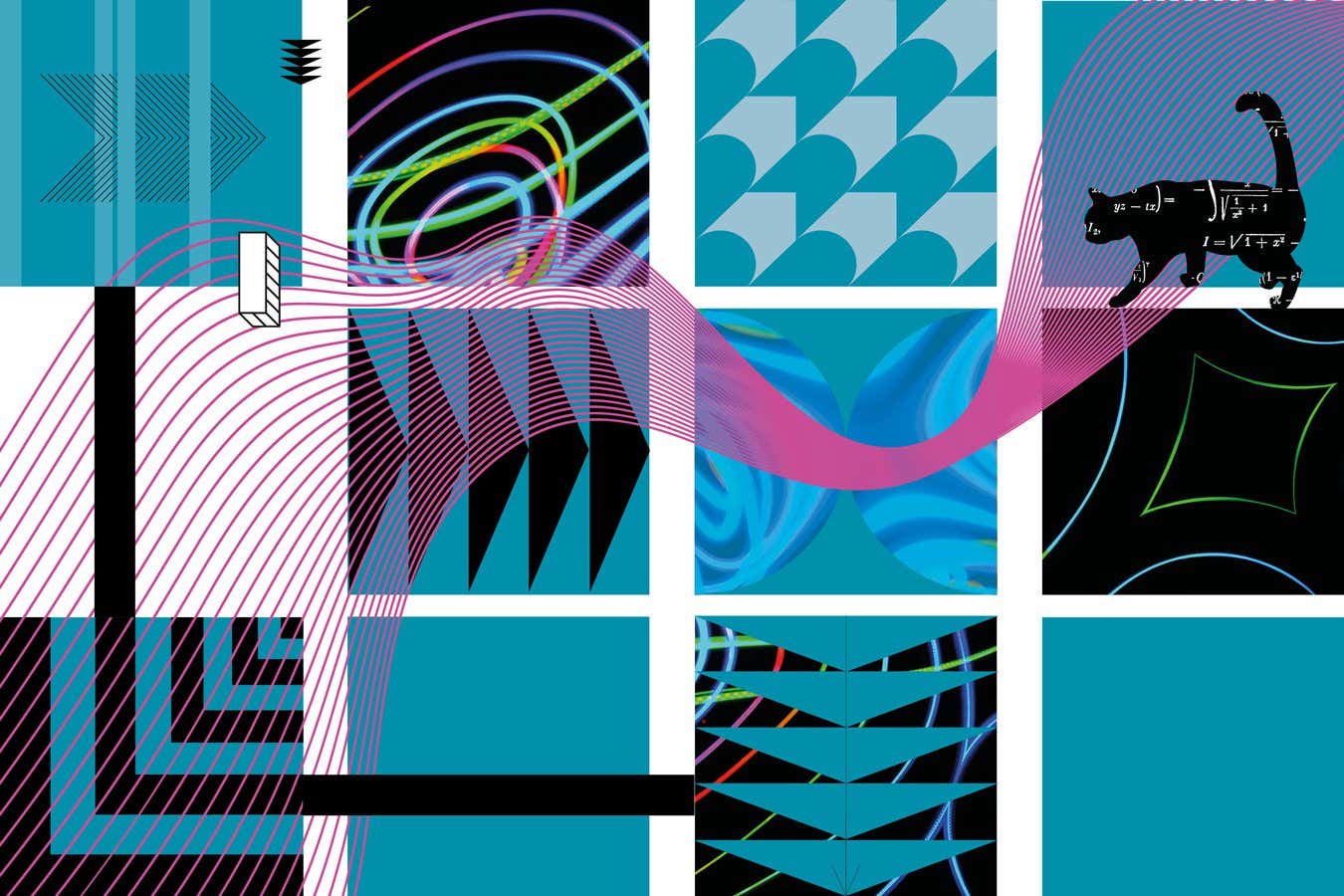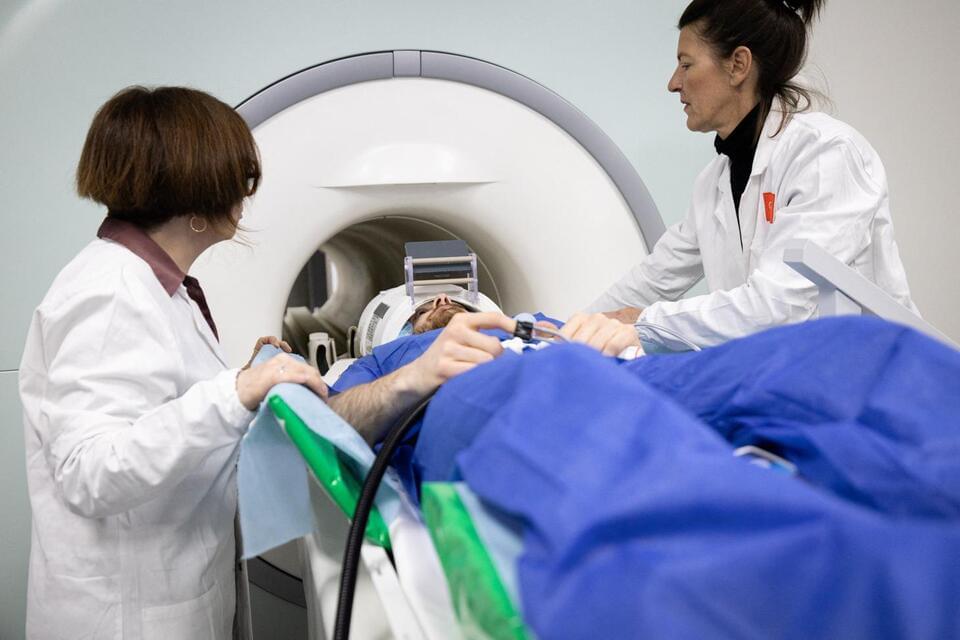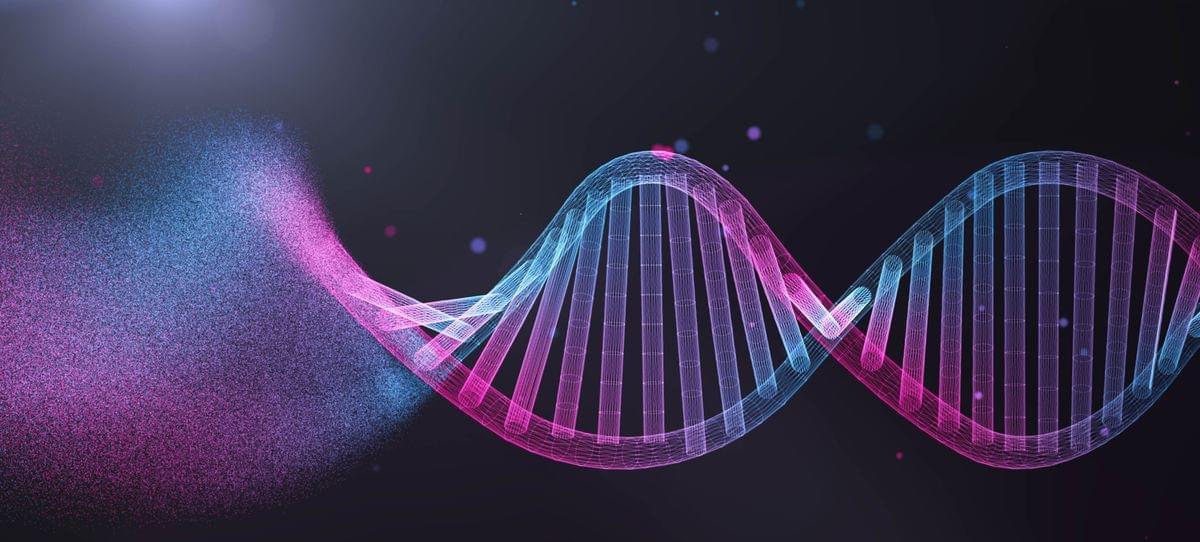
The structural biologist, who has devoted his life to studying the processes behind aging, discusses the surprising things he has learned and the public misunderstandings about longevity.
]]>
Researchers have long studied quantum entanglement to understand how photons appear to influence each other instantaneously.
This peculiar link first emerged when Albert Einstein pointed to what he called “spooky action at a distance,” suggesting that this peculiar behavior contradicted intuitive views of cause and effect.
The conversation around these phenomena has evolved through the decades.
]]>
Quantum effects like superposition and entanglement have long been seen in single particles, but physicists are on a quest to find out just how big an object can be before it loses its quantumness
]]>
A chemical injected before MRI scans to help create sharper images may cause some patients to experience a potentially deadly complication in rare cases, a new study suggests.
Researchers from the University of New Mexico found that gadolinium – a toxic rare earth metal used in MRI scans – could mix with oxalic acid found in many foods to precipitate tiny nanoparticles of the metal in human tissues.
The research, published in the journal Magnetic Resonance Imaging, assessed the formation of these nanoparticles associated with potentially deadly health problems in the kidneys and other organs.
]]>
Researchers at Imperial College London and Lund University in Sweden found that by giving heart attack patients two drugs together – statins and ezetimibe, a cholesterol-lowering drug – their risk of another heart attack, stroke or death was reduced.
“This study shows that we could save lives and reduce further heart attacks by giving patients a combination of two low-cost drugs,” said Prof Kausik Ray, of Imperial’s School of Public Health.
But at the moment patients across the world aren’t receiving these drugs together. That is causing unnecessary and avoidable heart attacks and deaths – and also places unnecessary costs on healthcare systems.
]]>
Nanoscale imaging and control of altermagnetism in manganese telluride is achieved, paving the way for the experimental realization of the theoretically predicted field of altermagnetism.
]]>
This ancient people lived in the Sahara when it was a much more welcoming environment.
]]>
After netting the world’s highest-paying science award, preeminent theoretical physicist Gerard ’t Hooft reflects on his legacy and the future of physics
]]>
And they discovered it completely by accident.
]]>
Physicists have scaled down the maximum possible mass of an elusive “ghost particle” called a neutrino to at least one-millionth the weight of an electron. The revision takes scientists one more step toward a discovery that could alter or even upend the Standard Model of particle physics.
Our universe is awash with phantom specks of matter. Every second, around 100 billion neutrinos pass through each square centimeter of your body. They’re produced in multiple places: the nuclear fire of stars, in enormous stellar explosions, by radioactive decay and in particle accelerators and nuclear reactors on Earth.
Even though they’re the most common form of matter in the cosmos, neutrinos’ minimal interactions with other matter types makes them notoriously difficult to detect, and they’re the only particles in the Standard Model whose precise mass remains unaccounted for.
]]>